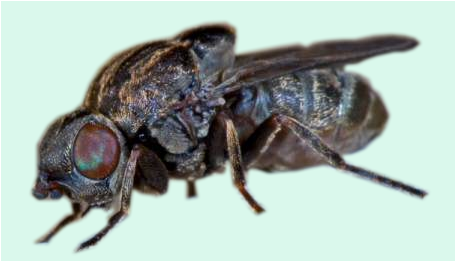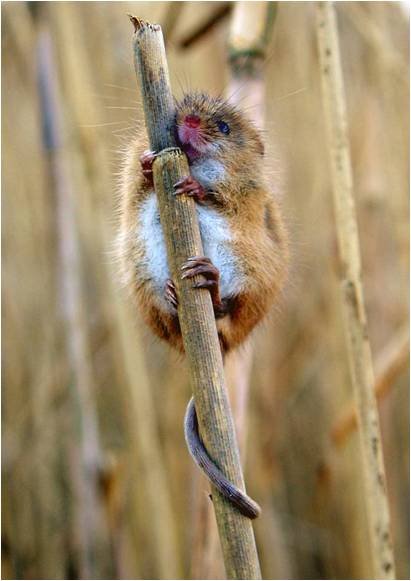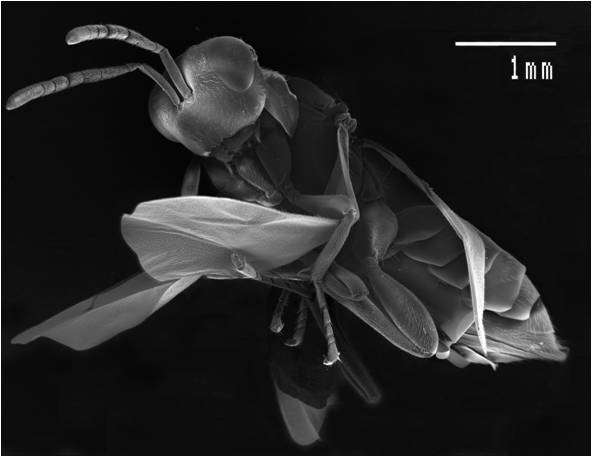Behaviour and Ecology
@ Schools of Biology and Geography,
University of Nottingham
| Home | People | Research | Teaching | Publications | Opportunities | Links |
The genus Lipara - Tom Reader
 I have been fascinated by the flies of the genus Lipara
since I was introduced, by my PhD supervisor Laurie Friday,
to some dusty specimens originally collected by George Salt in
Cambridge in the 1950s. All species in the genus form galls on
Phragmites australis, the common reed. If you open a gall, you enter a
secret world in which all manner of strange things may have happened...
I have been fascinated by the flies of the genus Lipara
since I was introduced, by my PhD supervisor Laurie Friday,
to some dusty specimens originally collected by George Salt in
Cambridge in the 1950s. All species in the genus form galls on
Phragmites australis, the common reed. If you open a gall, you enter a
secret world in which all manner of strange things may have happened...During my PhD, I was primarily interested in competition among Lipara species. Only after months of study and some mathematical modelling, did I discover that the largest and most heavily protected gall, which is produced by L. lucens, is often stolen by the other smaller Lipara species. This is a Lipara lucens - Laura Johnson
form of intraguild interaction that is best characterised as
kleptoparisitism, and it seems to be partly responsible for the coexistence of several ecologically similar species in what is apparently a single well-defined niche.
 Other interesting things that happen in Lipara galls:
Other interesting things that happen in Lipara galls:Inquilinism
Many
gall-formers provide a cosy home for commensal species. Lipara galls
harbour many species of inquiline, including flies, mites and spiders.
They are also an important oviposition site for the short-winged
conehead (Conocephalus dorsalis).
Predation
The Lipara maggot is a tasty snack for several vertebrate and invertebrate predators. The nasty-looking fly Cnemopogon apicalis eats Lipara and then pupates in the gall, while the blue tit (Cyanistes caeruleus) and the harvest mouse (Micromys minutus) leave tell-tale signs of damage to galls during the winter.
Parasitism Harvest mouse - Tom Reader
 Lipara eggs and larvae are assaulted by a variety of parasitoid species, with three being commonly found in the UK. Stenomalina liparae lays its eggs in the young Lipara
larva before the gall has developed properly. The wasp devours its host
from the inside out, until it emerges from the shrivelled corpse in
spring.
Lipara eggs and larvae are assaulted by a variety of parasitoid species, with three being commonly found in the UK. Stenomalina liparae lays its eggs in the young Lipara
larva before the gall has developed properly. The wasp devours its host
from the inside out, until it emerges from the shrivelled corpse in
spring.More inquilinism
Perhaps most bizarrely of all, Lipara lucens galls are the only home for a specialist solitary bee called Hylaeus pectoralis.
The bee "moves in" after the fly has emerged, and makes a nest in which
it lays a series of eggs. Each egg is contained in a separate cell,
provisioned with some pollen and nectar.
Stenomalina liparae - Jo Surgey
Some useful references
Reader, T. and Duce,I. R., (2009). Intraguild interactions promote assortative mating and affect sexual
attractiveness in a phytophagous fly. Biological Journal of the Linnean
Society, 98, 171–180. PDF.
Reader,T., Cornell, S.J. and Rohani,P., (2006). Aggregation, intraguild interactions and the coexistence of competitors on small ephemeral patches. Oikos, 115(2), 321-333. PDF
Reader, T. and Duce,
Reader,T., Cornell, S.J. and Rohani,P., (2006). Aggregation, intraguild interactions and the coexistence of competitors on small ephemeral patches. Oikos, 115(2), 321-333. PDF
Reader,T., (2003). Strong interactions between species of phytophagous fly: a case of intraguild kleptoparasitism. Oikos, 103(1), 101-112. PDF
Reader, T. (2001). Competition, kleptoparasitism and intraguild predation in a reedbed community. PhD thesis, University of Cambridge, UK.